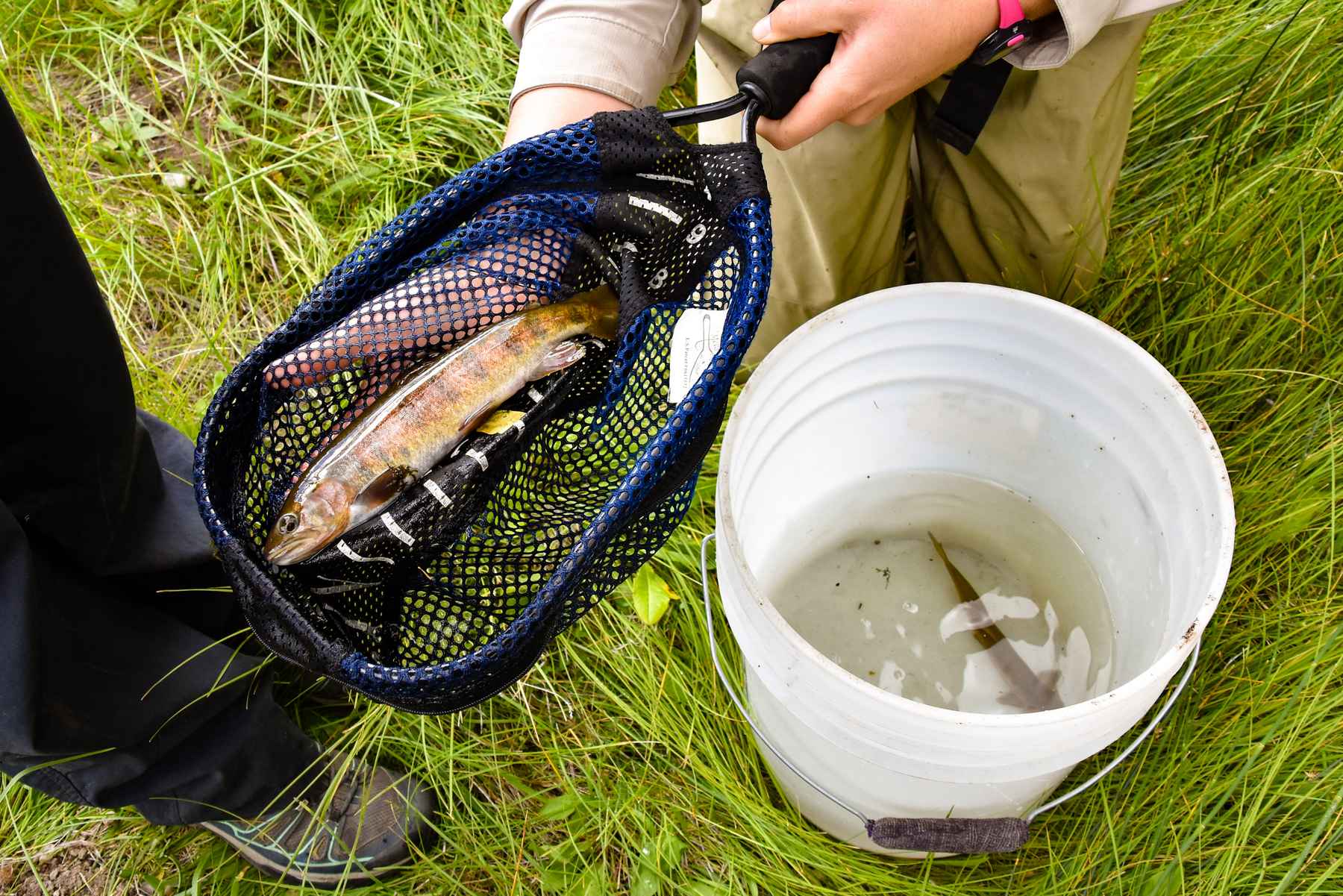silverfox
Well-known member
- Joined
- Oct 4, 2006
- Messages
- 1,928
DEFINITION: (source - https://www.nationalgeographic.org/encyclopedia/invasive-species/)
An invasive species is an organism that is not indigenous, or native, to a particular area. Invasive species can cause great economic and environmental harm to the new area.
Not all non-native species are invasive. For example, most of the food crops grown in the United States, including popular varieties of wheat, tomatoes, and rice, are not native to the region.
To be invasive, a species must adapt to the new area easily. It must reproduce quickly. It must harm property, the economy, or the native plants and animals of the region.
Many invasive species are introduced into a new region accidentally. Zebra mussels are native to the Black Sea and the Caspian Sea in Central Asia. Zebra mussels arrived in the Great Lakes of North America accidentally, stuck to large ships that traveled between the two regions. There are now so many zebra mussels in the Great Lakes that they have threatened native species.
Introduced Species
Some species are brought to a new area on purpose. Often, these species are introduced as a form of pest control. Other times, introduced species are brought in as pets or decorative displays. People and businesses that import these species do not anticipate the consequences. Even scientists are not always sure how a species will adapt to a new environment.
Introduced species multiply too quickly and become invasive.
_____________________________
My thoughts...
So, brown trout are introduces then outcompete native brook trout. It's situational. Brook trout are invasive out west.
Here's the rub: Just because a fish we revere (smallmouth bass, brown trout, etc.) is invasive, it does not automatically follow that we should ignore the potential damage that can be causes by snakeheads. That's a little bit like saying "I got fat by eating too many burgers. What harm could ice cream do?"
Or, to be more simple and direct: two wrongs don't make it right.
Using already established invasive species as a rational for promoting a new invasive is wrongheaded.
To get more in the weeds on this, I personally attribute a lot of these attitudes toward other invasive species to the historical and even modern support of some invasive species by state and federal agencies. As state and federal agencies attempt to draw more attention to the importance of introducing nonnative species, they're up against a population that has been led to believe that some invasive species should be continually introduced or even protected in the wild for entertainment.
This isn't the first time I've seen a defense of snakeheads. In fact, there's a group on "other social media" that vehemently defends the presence of snakeheads. It's hard to blame anglers when it's the states and federal governments that have promoted other invasive species for so long.
I've seen comments on state agency social media accounts during invasive species week calling out the hypocrisy of the fisheries agency advocating against the introduction of invasive species and then turning around and posting to promote the introduction of invasive species.
On top of all that, anglers have danced around this issue for so long and even still refuse to accept that their favorite fish species is technically invasive. Whether a species is invasive or not is binary. They are or they aren't.
Another source for the definition of "invasive species": https://www.invasivespeciesinfo.gov/what-are-invasive-species
"invasive species" is a species that is:
1) non-native (or alien) to the ecosystem under consideration and,
2) whose introduction causes or is likely to cause economic or environmental harm or harm to human health.
Brown trout and rainbow trout are both nonnative species in Pennsylvania, so they qualify under #1. There is a mountain of scientific evidence that explains how introduced nonnative salmonids are injurious to brook trout. Here's a list of 38 recent scientific publications compiled by USGS explaining how and why. https://www.usgs.gov/centers/chesap...brook-trout-guide?qt-science_center_objects=0
So brown trout and rainbow trout in Pennsylvania qualify based on 1 & 2 and therefore are invasive species. It's not open for debate. Personal affinity for a species plays no role in its classification as invasive or not.
Brook trout are invasive out west. It's absolutely dependent on location.
Competition isn't the only issue with invasive species. If you want to see how introduced species can cause trophic cascade, read about what happened with introduced lake trout in Yellowstone lake if you aren't familiar:
These continued introductions and even protections aren't benign.
Last edited:












